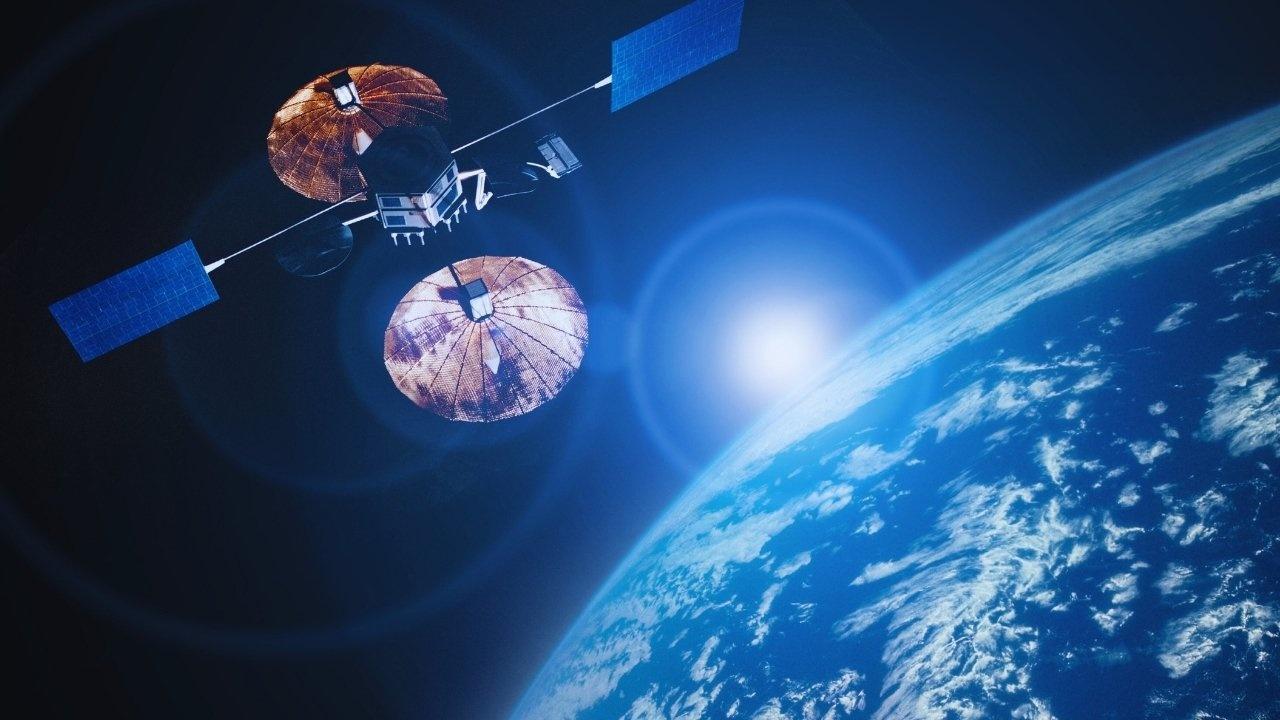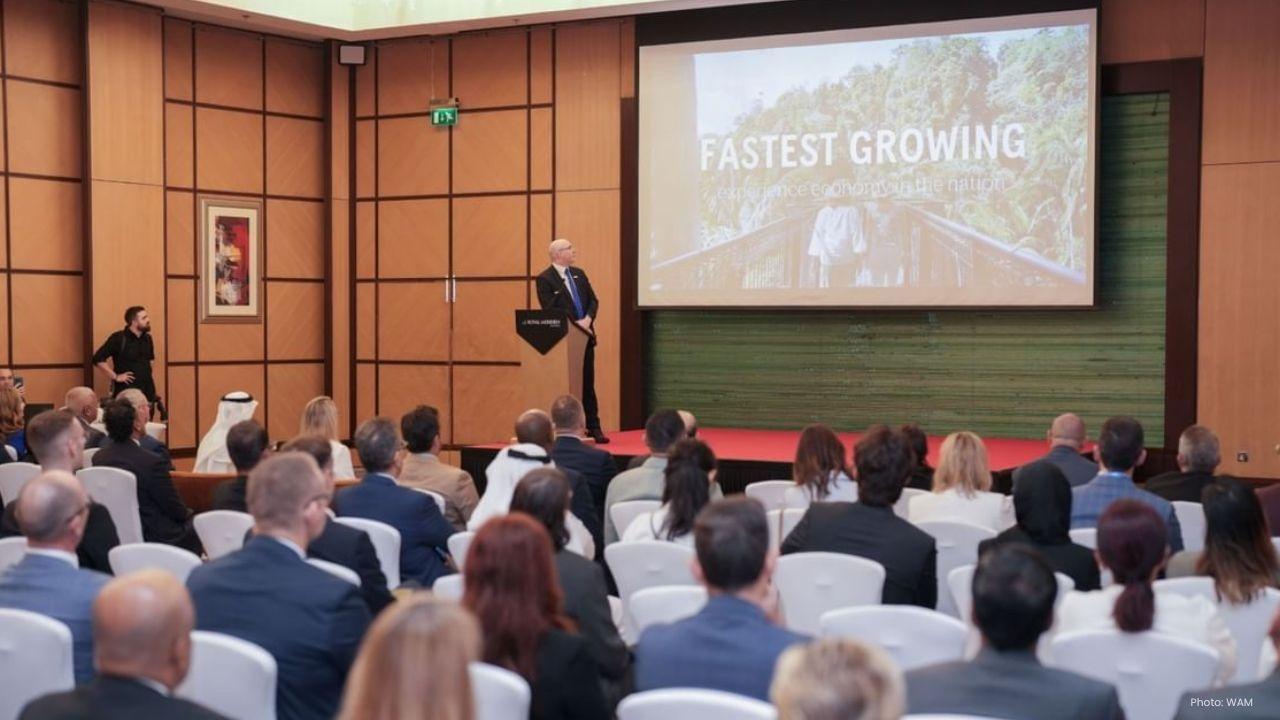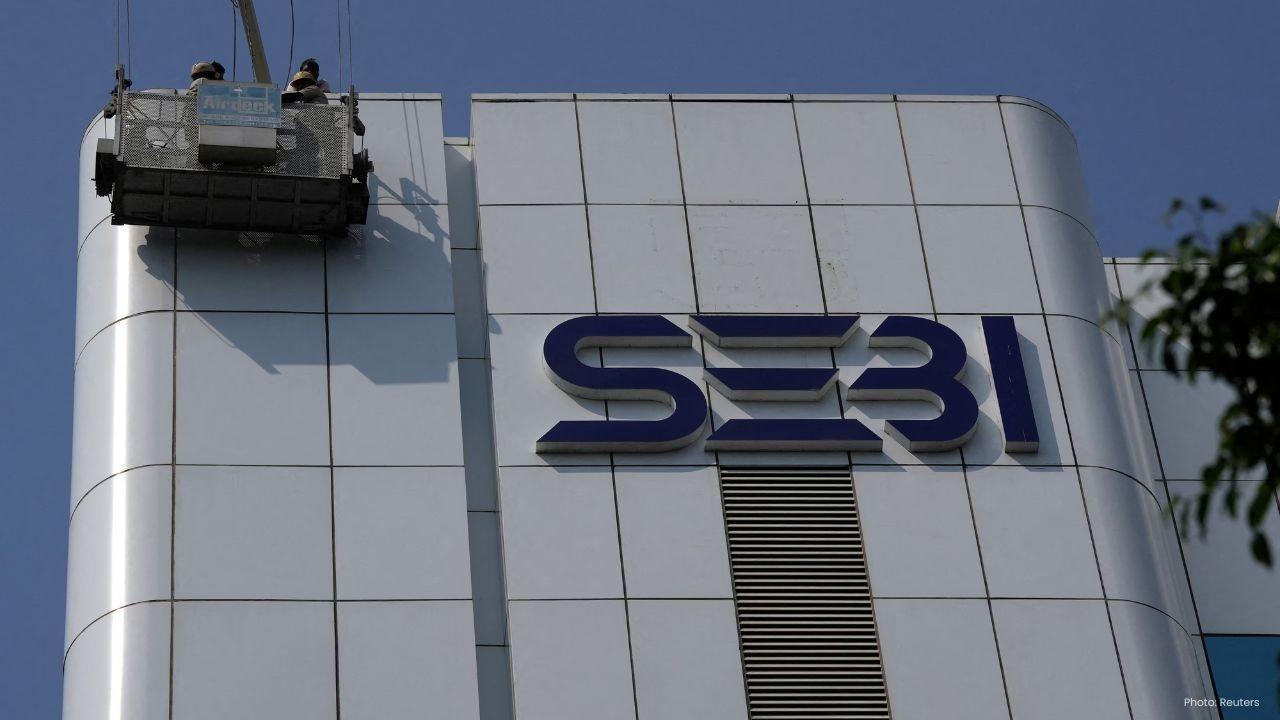
Post by : Anis Al-Rashid
The International Space Station (ISS) — a monumental achievement in global engineering — approaches the conclusion of its incredible 32-year journey. NASA, in collaboration with international partners, is preparing to retire this iconic orbiting laboratory, which has exemplified international cooperation and scientific progress. As we bid adieu to the ISS, we welcome a new era in space exploration characterized by commercial innovation and opportunities in the orbital economy.
Since its launch in November 1998, the ISS has been constructed incrementally in low Earth orbit, thanks to the contributions of the United States, Russia, Europe, Japan, and Canada. Over these three decades, it has served as a hub for groundbreaking research, a testing ground for future deep-space mission technologies, and a residence for more than 250 astronauts globally.
This facility has facilitated numerous scientific advancements — from research on how microgravity affects human physiology to environmental observations from above. It became a beacon of peace and collaboration, particularly notable during times of geopolitical tension, showcasing what can be achieved through shared efforts beyond national divides.
However, as time passes, wear and tear have become apparent. The ISS has far exceeded its original lifespan of 15 years, but maintaining it now incurs significant costs and necessitates constant upkeep. Issues such as cracks, leaks, and outdated systems have instigated safety concerns, compelling NASA and its associates to plan for a controlled deorbit by 2031.
The cost of maintaining the ISS has ballooned to over $3 billion each year for NASA. A hefty portion of this budget supports upkeep, repairs, and the transportation of supplies. With emerging technologies, the practicality of operating an aging facility has come into question.
Moreover, many of the station's modules and systems were originally designed in the 1990s and 2000s. Despite refurbishments, numerous components are nearing the end of their operational life cycle, increasing the risk of critical system failures.
NASA asserts that retiring the ISS marks not a retreat from low-Earth orbit operations, but a strategic pivot towards a commercial model, thus reallocating resources for ventures such as lunar and Mars missions under the Artemis program.
As NASA gradually steps back, private companies are gearing up to take charge. The agency has already enlisted several U.S. firms to design commercial space stations that will facilitate ongoing research, host astronauts, and accommodate tourists.
Axiom Space is at the forefront, planning to attach its initial module to the ISS by 2026. Once the ISS completes its mission, Axiom will operate independently as the world's first commercial space station, complete with research labs, manufacturing spaces, and accommodations for private astronauts and travelers.
Another important player, Orbital Reef, is being developed by Blue Origin and Sierra Space as a mixed-use business hub. This facility will cater to governmental agencies, private enterprises, and researchers, featuring laboratories, workspaces, and even tourism facilities, thereby creating a foundation for a new economy in space.
Starlab, backed by Voyager Space and Airbus, represents a single-module commercial station aimed at scientific studies and technological testing, with plans for a launch before 2030. This initiative underscores the commitment of European and private sectors to maintaining a presence in low-Earth orbit.
These initiatives exemplify a significant transition in space operations, shifting from government control to private enterprise. NASA's strategy is to become a client among many, purchasing access and services from these commercial platforms.
Post-ISS, NASA will retain a crucial role in space exploration, but as a client rather than an operator. This approach is reminiscent of how the agency currently partners with commercial firms for satellite launches and cargo shipments.
Rather than owning and managing a space station, NASA will fund experiments and lease facilities from private entities. This model allows the agency to concentrate on deep-space exploration while fostering commercial expansion in low-Earth orbit, ensuring that the U.S. continues to maintain a presence in space through a diverse network of collaborators.
Additionally, NASA’s partnership concept could broaden accessibility to space for universities, startups, and global organizations, reducing costs and promoting new opportunities for research and development.
The transition from government-operated missions to private sector initiatives signifies a monumental evolution in space economics. Analysts predict that the commercial space sector could achieve a valuation of $1 trillion by 2040, encompassing tourism, manufacturing, medical research, data analytics, and satellite servicing in microgravity.
For firms like Axiom and Blue Origin, the business prospects extend well beyond tourism. Microgravity manufacturing — creating materials and pharmaceuticals impossible to replicate on Earth — is poised to become a lucrative industry. Emerging markets like space-based entertainment, media production, and branding offer additional revenue sources.
NASA’s investment in private infrastructure serves as both a catalyst for progress and a safeguard. By facilitating early developments through contracts and providing technical support, the agency ensures smooth continuity as we transition from the ISS to commercial alternatives.
The ISS’s retirement not only symbolizes a technological shift but also concludes one of history's most effective international collaborations. Partners such as Roscosmos (Russia), ESA (Europe), JAXA (Japan), and CSA (Canada) are all evaluating their future contributions beyond the ISS.
Russia has indicated interest in developing its own space station, while China is expanding its Tiangong space station, which may evolve into a major center for international collaboration. Meanwhile, the European Space Agency is working with U.S. firms to maintain its engagement in low-Earth orbit research.
While the ISS is destined to burn up upon re-entering Earth's atmosphere, its legacy will persist through the collaborative spirit it fostered and the knowledge it birthed. It laid the groundwork for sustainable human presence in space, paving the way toward future colonies on the Moon and Mars.
For countless individuals worldwide, the ISS transcended being merely a laboratory — it embodied the ideals of unity and human ambition. Its breathtaking images of our planet, groundbreaking experiments influencing future innovations in medicine and technology, and its multicultural astronaut community have inspired awe for decades.
As NASA prepares for this bittersweet farewell, there is a collective sense of nostalgia and achievement. The ISS's deorbit plan calls for its safe descent into a secluded section of the Pacific Ocean, known as “Point Nemo,” where spacecraft are conventionally retired. This farewell fittingly honors a structure that has selflessly served humanity for over thirty years.
The retirement of the ISS does not signify a decline in space exploration; instead, it heralds a transformation. The commercialization of low-Earth orbit paints a promising perspective for the future of innovation. Private enterprises will build upon NASA’s heritage, creating facilities that are more efficient, cost-effective, and adaptable.
In the years to come, commercial space stations could become focal points for research, manufacturing, education, and leisure. Tourists may orbit the Earth, scientists could conduct groundbreaking medical experiments, and engineers might devise technologies for Martian expeditions.
Although the ISS is stepping aside, the light it illuminated will persist, nurtured by a fresh generation of pioneers, innovators, and visionaries.
This article delivers a comprehensive overview of NASA's plans to retire the ISS and the rise of commercial space stations. All facts and timelines stated are based on public knowledge as of 2025 and may adapt to new developments in space policy and technology.










Rodgers Declares Intent to Retire with Green Bay Packers
Aaron Rodgers confirms he will retire as a Green Bay Packer, reflecting on a storied 18-year career

Hamilton Mourns His Beloved Bulldog Roscoe With Fan Support
Lewis Hamilton reflects on the loss of his bulldog Roscoe, finding solace in heartfelt fan tributes

Norris Laughs Off Red Bull's Tape Controversy at the US Grand Prix
Lando Norris finds humor in Red Bull's tape incident during the US GP, viewing it as an amusing dist

Alex Vesia Absent from World Series Due to Family Matter
Dodgers pitcher Alex Vesia steps away from the World Series for a family situation, with hopes for a

Bo Bichette's Possible Participation in World Series Remains Uncertain
The Blue Jays monitor Bo Bichette’s condition closely as they strategize for the World Series, weigh

Sharks Triumph Over Rangers 6-5 in Overtime as Celebrini Shines with Hat Trick
Macklin Celebrini's hat trick propels Sharks past Rangers 6-5, marking their first win of the season